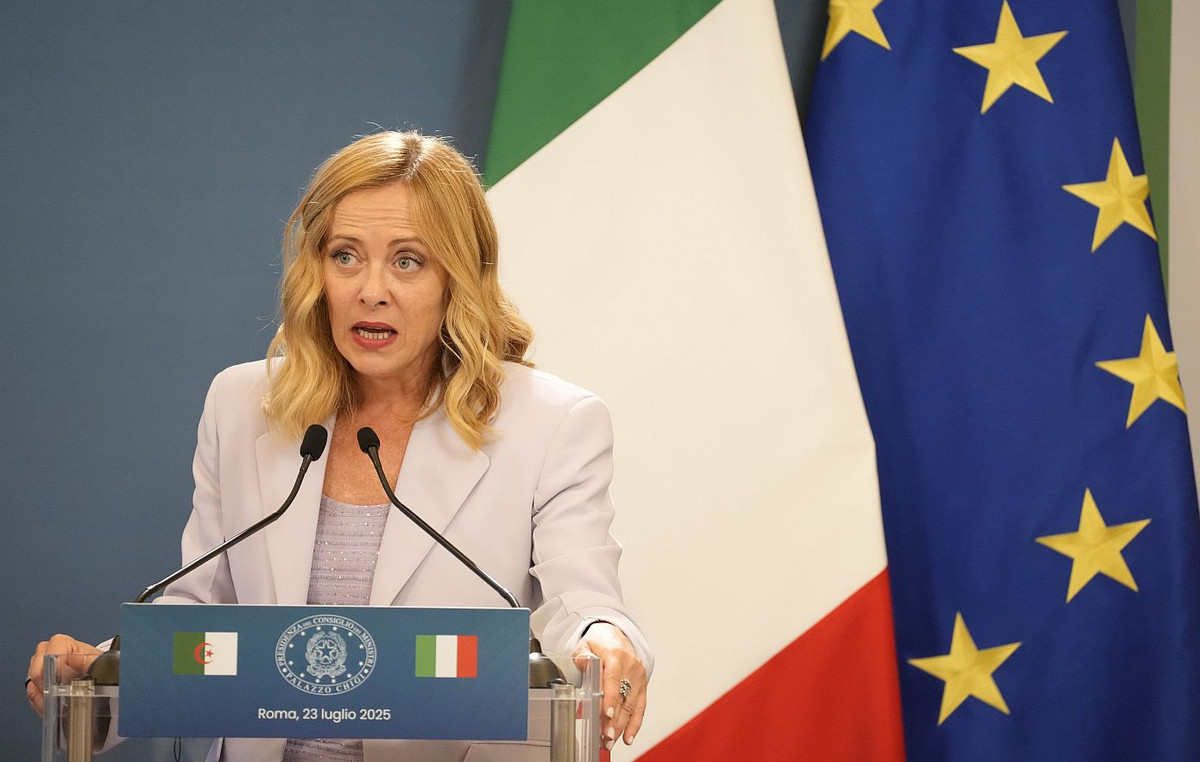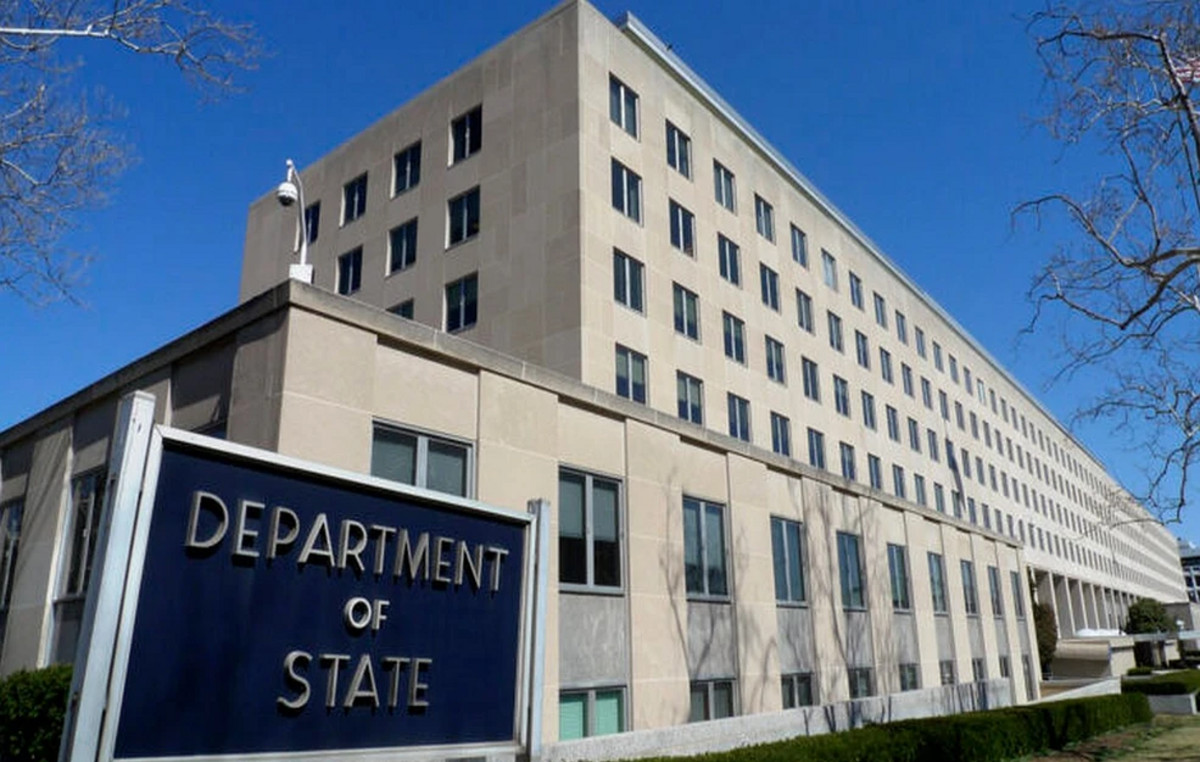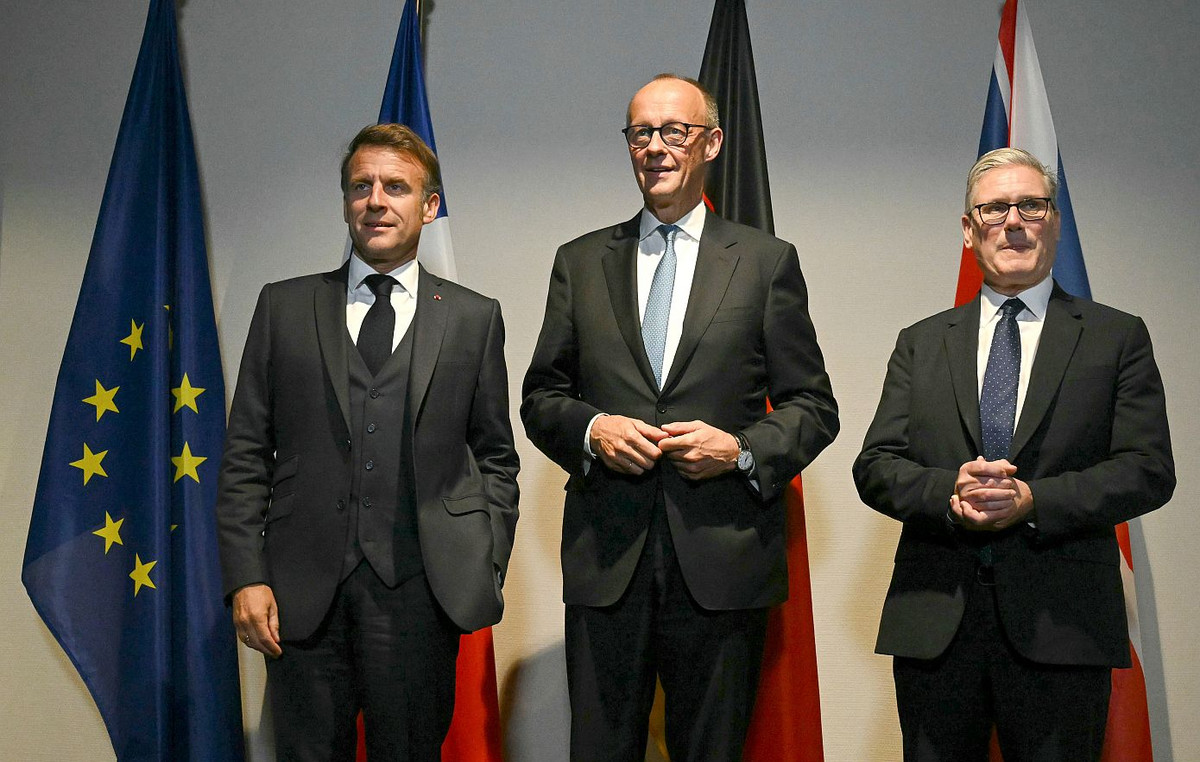- EUR/USD gains ground to around 1.0450 in the European session on Friday, adding 0.30% on the day.
- Trump said he will demand lower interest rates.
- The ECB is expected to cut the deposit rate on January 30.
The EUR/USD pair attracts some buyers towards 1.0450 during the Asian session on Friday, boosted by the weakening US Dollar (USD). HCOB’s preliminary Purchasing Managers’ Index (PMI) reading for January from the Eurozone and Germany will be released later on Friday. On the US agenda, the S&P preliminary PMI for January will be the focus.
US President Donald Trump’s comments at the World Economic Forum in Davos drag the USD lower against a basket of major currencies. Trump said Thursday night that he wants to see interest rates fall immediately, and likewise, they should be falling around the world.
“It seems like the markets are more concerned about rate cuts and any kind of major indicator that there will be more rate cuts,” said David Eng, Investment Advisor at Sonora Wealth Group in Vancouver.
Across the Atlantic, recent comments from European Central Bank (ECB) policymakers indicated that a rate cut was likely. The head of the ECB’s Croatian central bank, Boris Vujcic, said earlier this week that market expectations for the ECB’s interest rate cuts are reasonable and risks around the inflation outlook are broadly balanced.
Meanwhile, ECB President Christine Lagarde emphasized on Wednesday that the central bank is “not too worried” about the risk of inflation from abroad and will continue to reduce interest rates at a gradual pace. Markets have priced in a nearly 96% chance that the ECB will cut rates at the next meeting.
Euro FAQs
The Euro is the currency of the 19 countries of the European Union that belong to the eurozone. It is the second most traded currency in the world, behind the US dollar. In 2022, it accounted for 31% of all foreign exchange transactions, with an average daily turnover of more than $2.2 trillion per day. EUR/USD is the most traded currency pair in the world, accounting for an estimated 30% of all transactions, followed by EUR/JPY (4%), EUR/GBP (3%) and EUR/AUD (2 %).
The European Central Bank (ECB), headquartered in Frankfurt, Germany, is the reserve bank of the eurozone. The ECB sets interest rates and manages monetary policy. The ECB’s primary mandate is to maintain price stability, which means controlling inflation or stimulating growth. Its main tool is the increase or decrease in interest rates. Relatively high interest rates (or the expectation of higher rates) tend to benefit the euro and vice versa. The Governing Council of the ECB makes decisions on monetary policy at meetings held eight times a year. Decisions are made by the directors of the Eurozone’s national banks and six permanent members, including ECB President Christine Lagarde.
Eurozone inflation data, measured by the Harmonized Index of Consumer Prices (HICP), are an important econometric indicator for the euro. If inflation rises more than expected, especially if it exceeds the ECB’s 2% target, it forces the ECB to raise interest rates to bring it back under control. Relatively high interest rates compared to their counterparts tend to benefit the euro, making the region more attractive as a place for global investors to park their money.
The published data measures the health of the economy and may have an impact on the euro. Indicators such as GDP, manufacturing and services PMIs, employment and consumer confidence surveys can influence the direction of the single currency. A strong economy is good for the Euro. Not only does it attract more foreign investment, but it may encourage the ECB to raise interest rates, which will directly strengthen the euro. Otherwise, if economic data is weak, the Euro is likely to fall. The economic data for the four largest eurozone economies (Germany, France, Italy and Spain) are especially significant, as they represent 75% of the eurozone economy.
Another important data that is published about the Euro is the trade balance. This indicator measures the difference between what a country earns from its exports and what it spends on imports during a given period. If a country produces highly in-demand export products, its currency will gain value simply from the additional demand created by foreign buyers seeking to purchase those goods. Therefore, a positive net trade balance strengthens a currency and vice versa in the case of a negative balance.
Source: Fx Street
I am Joshua Winder, a senior-level journalist and editor at World Stock Market. I specialize in covering news related to the stock market and economic trends. With more than 8 years of experience in this field, I have become an expert in financial reporting.







